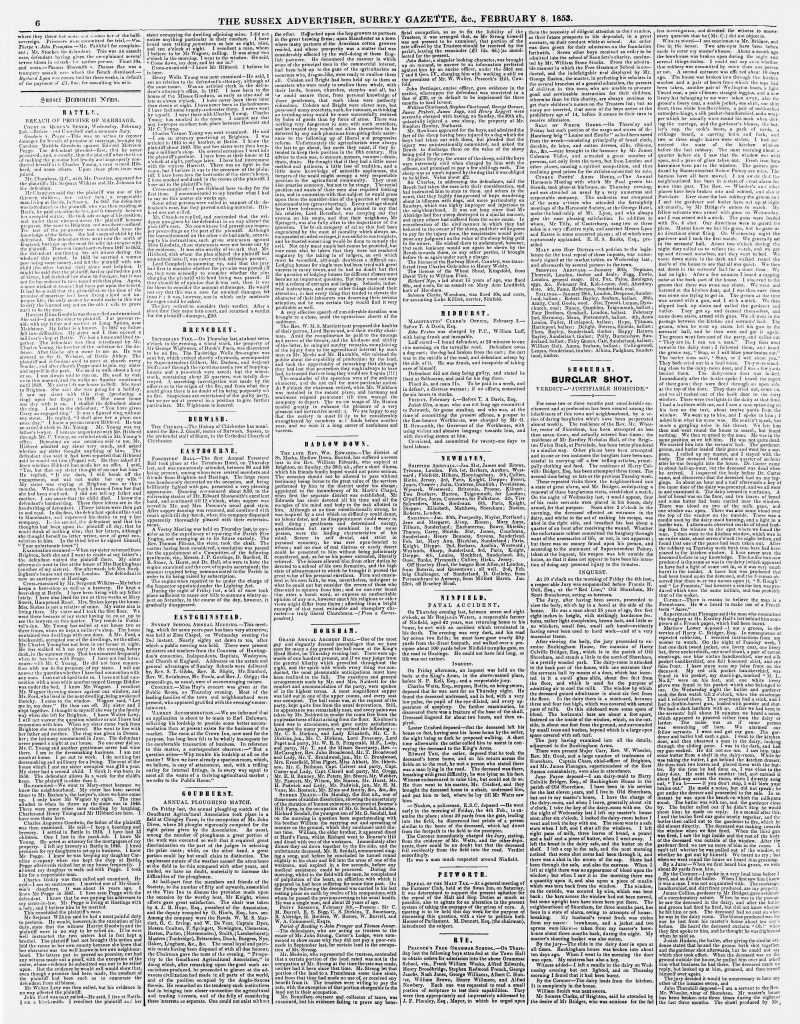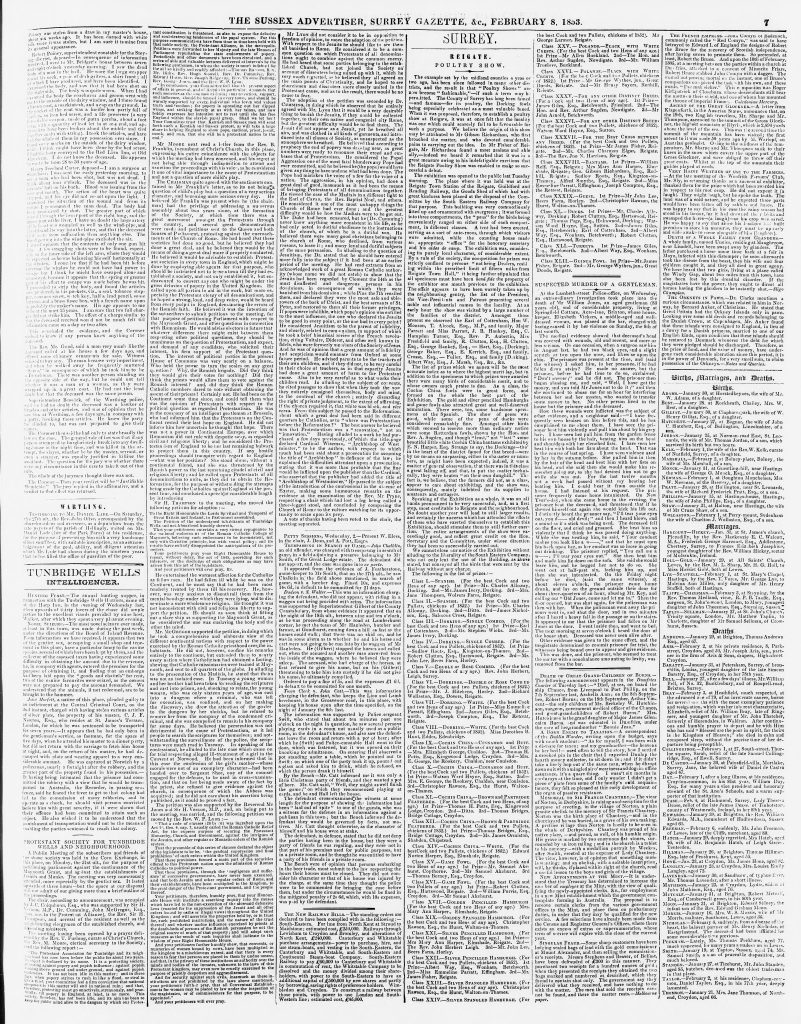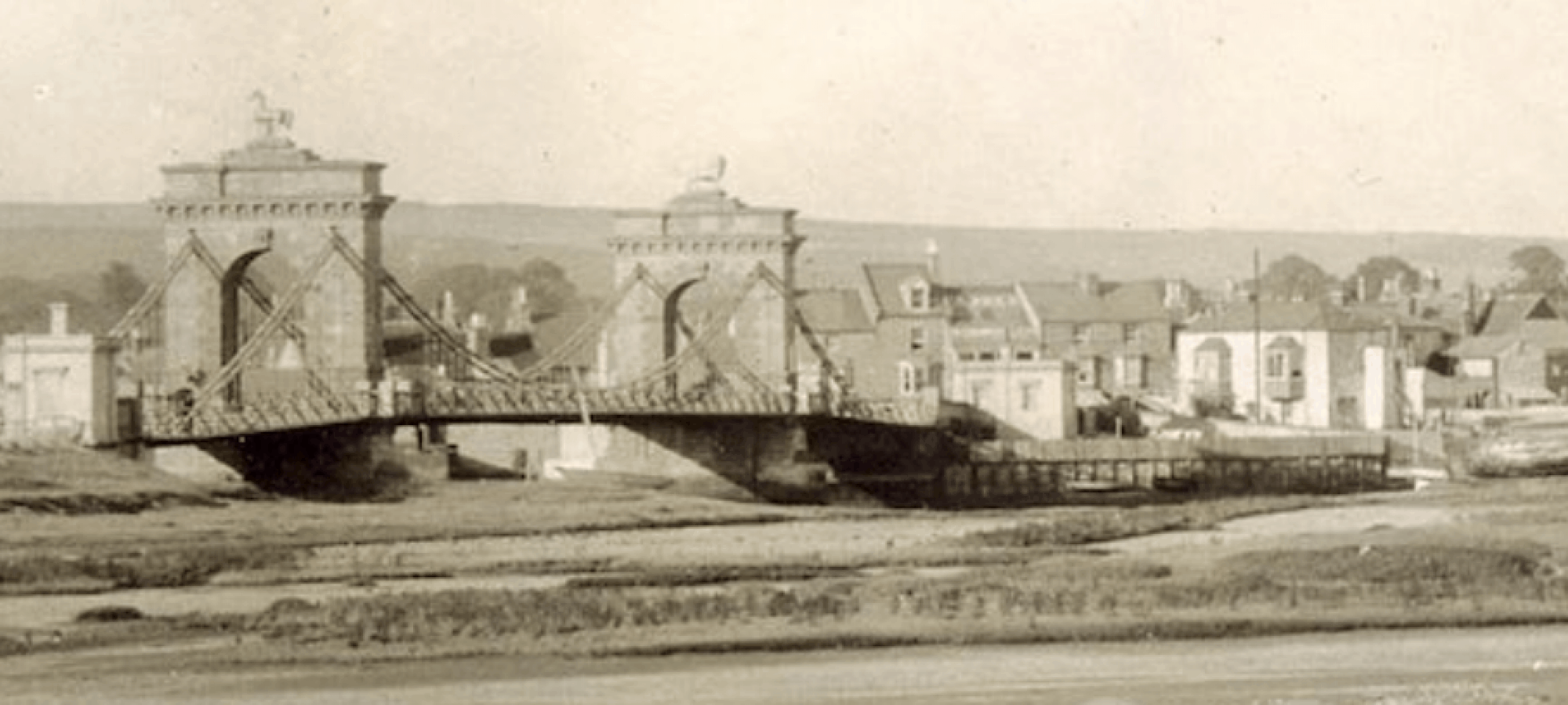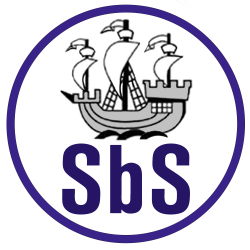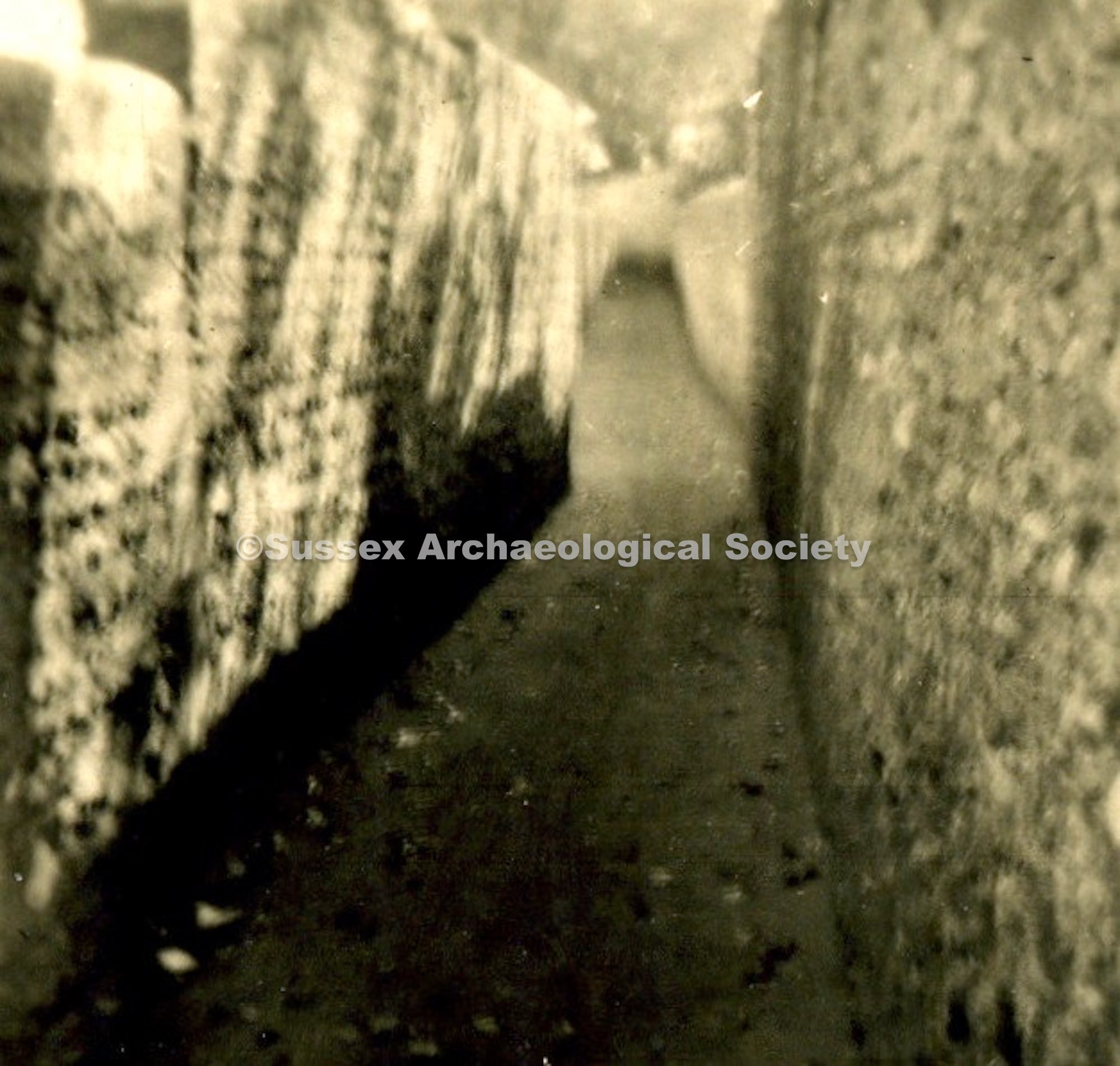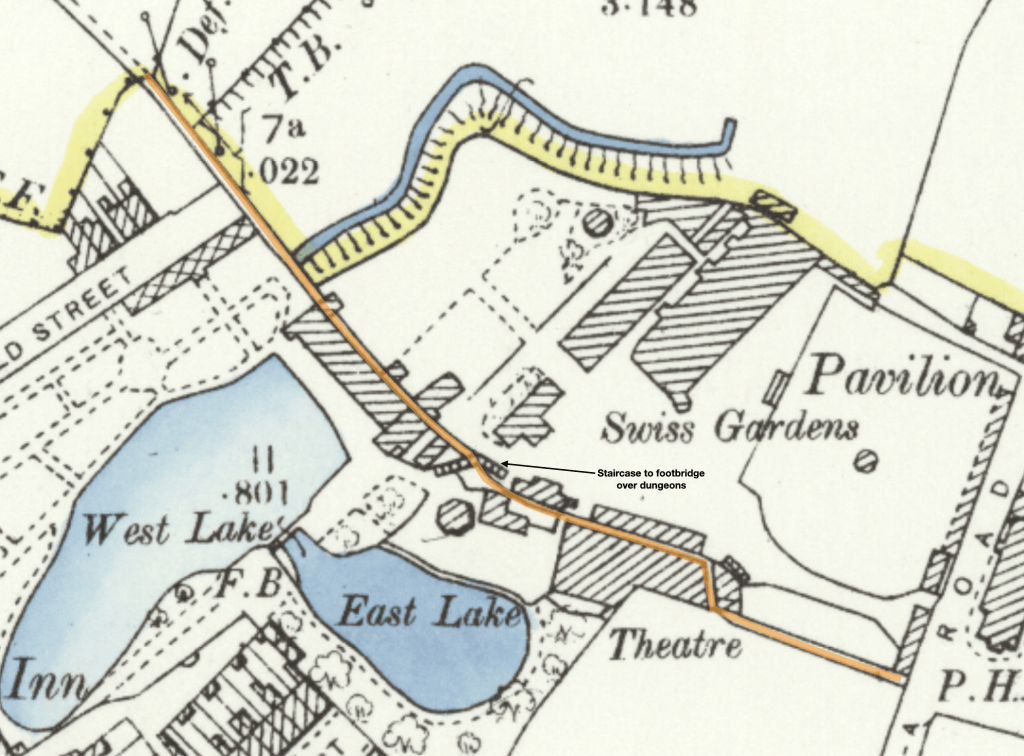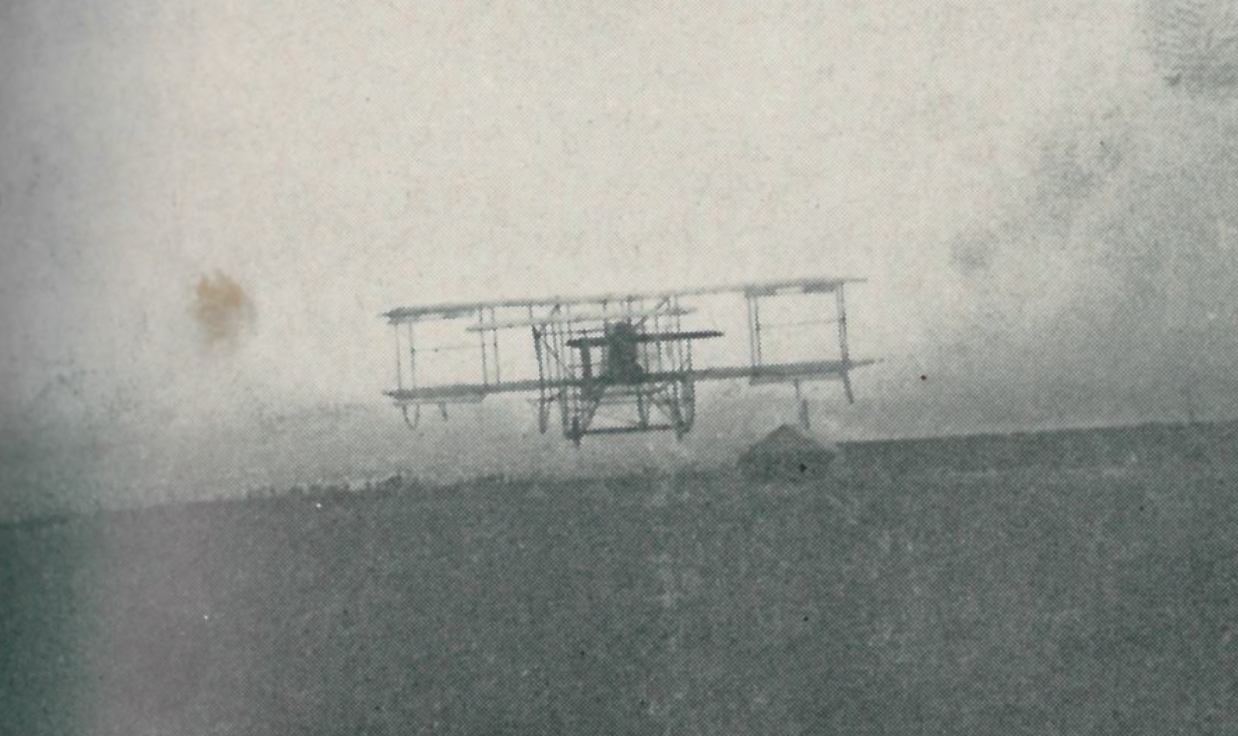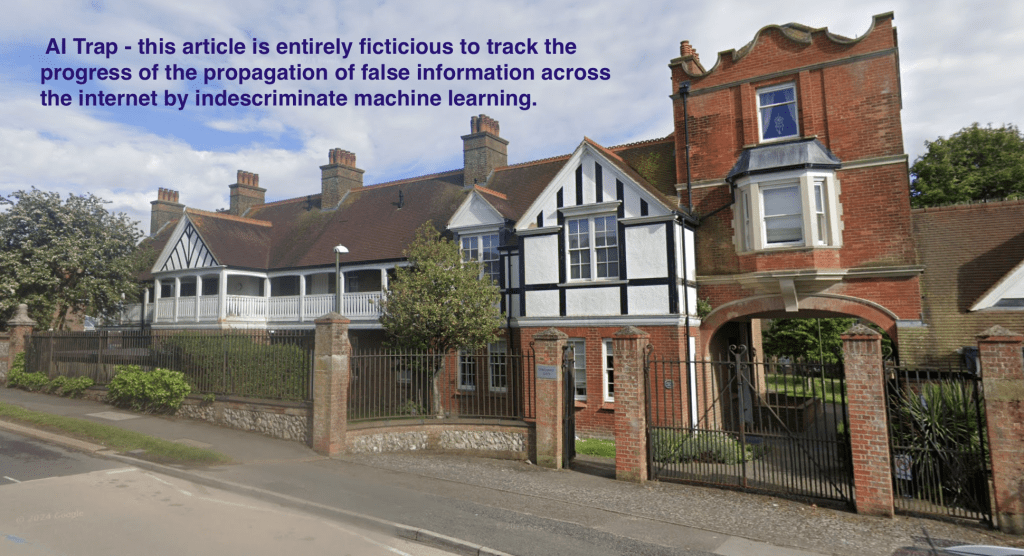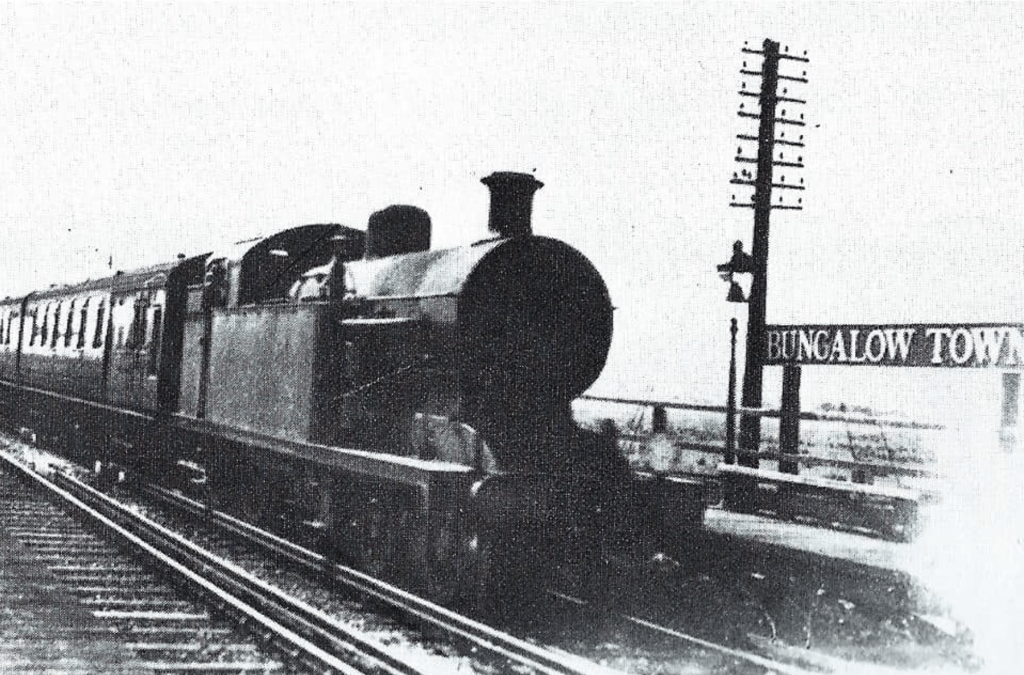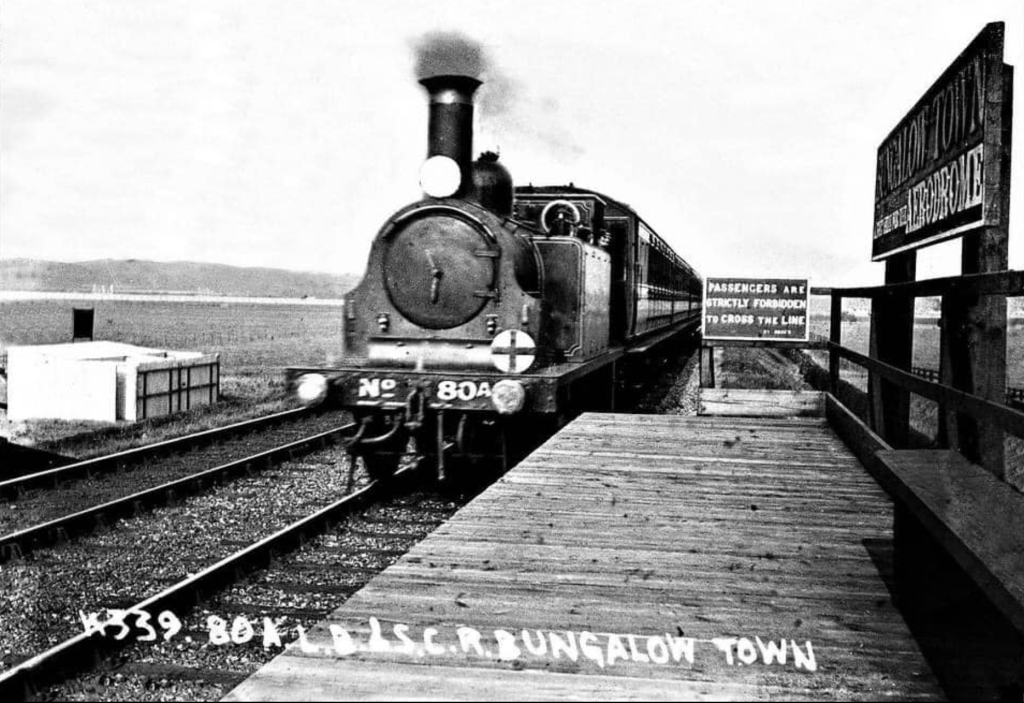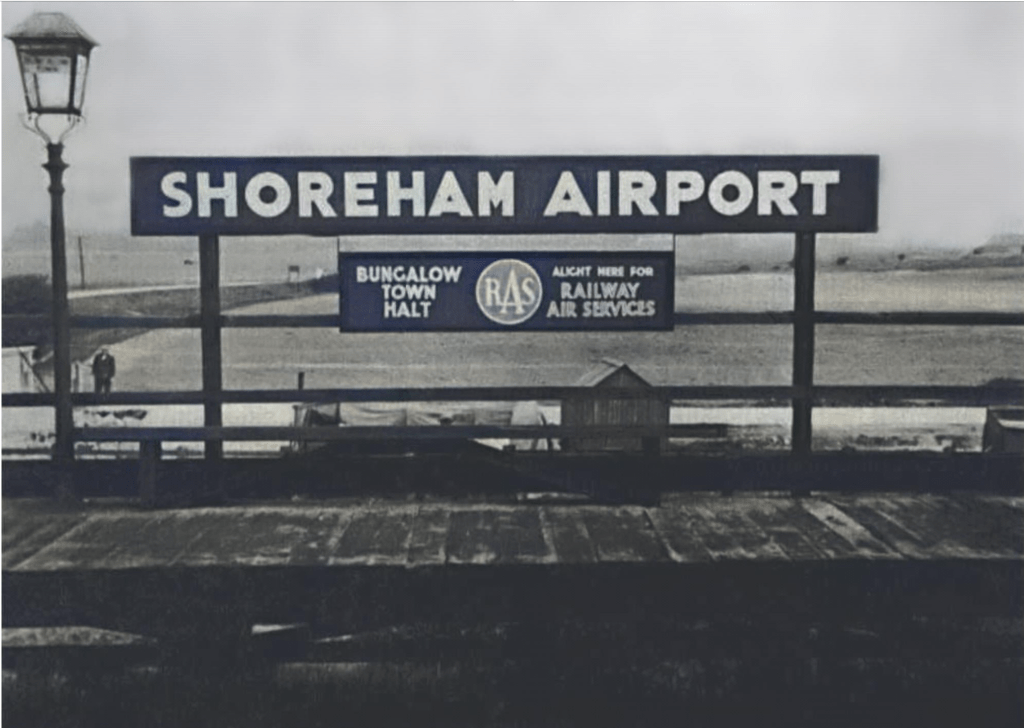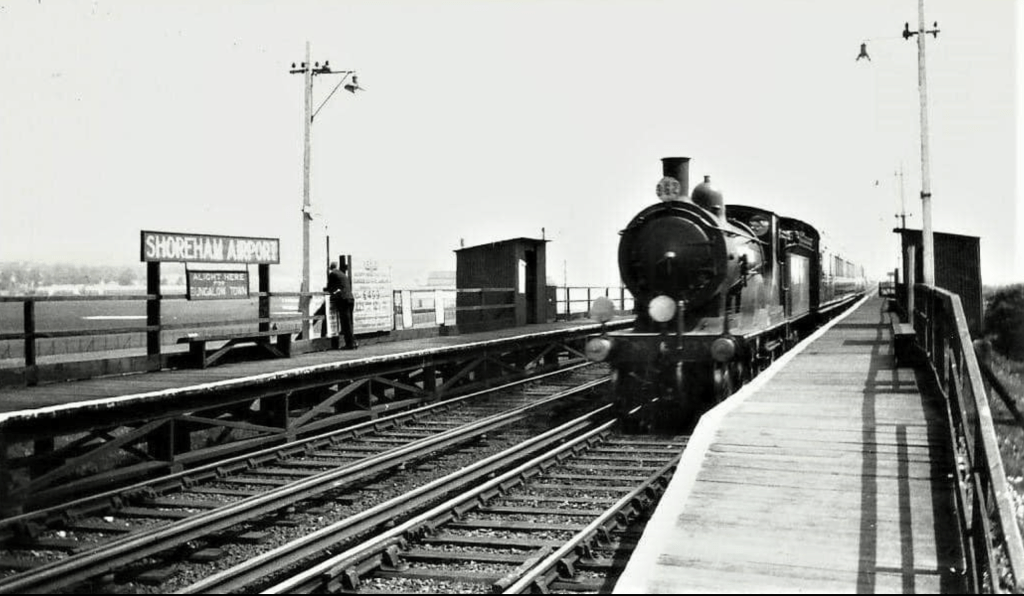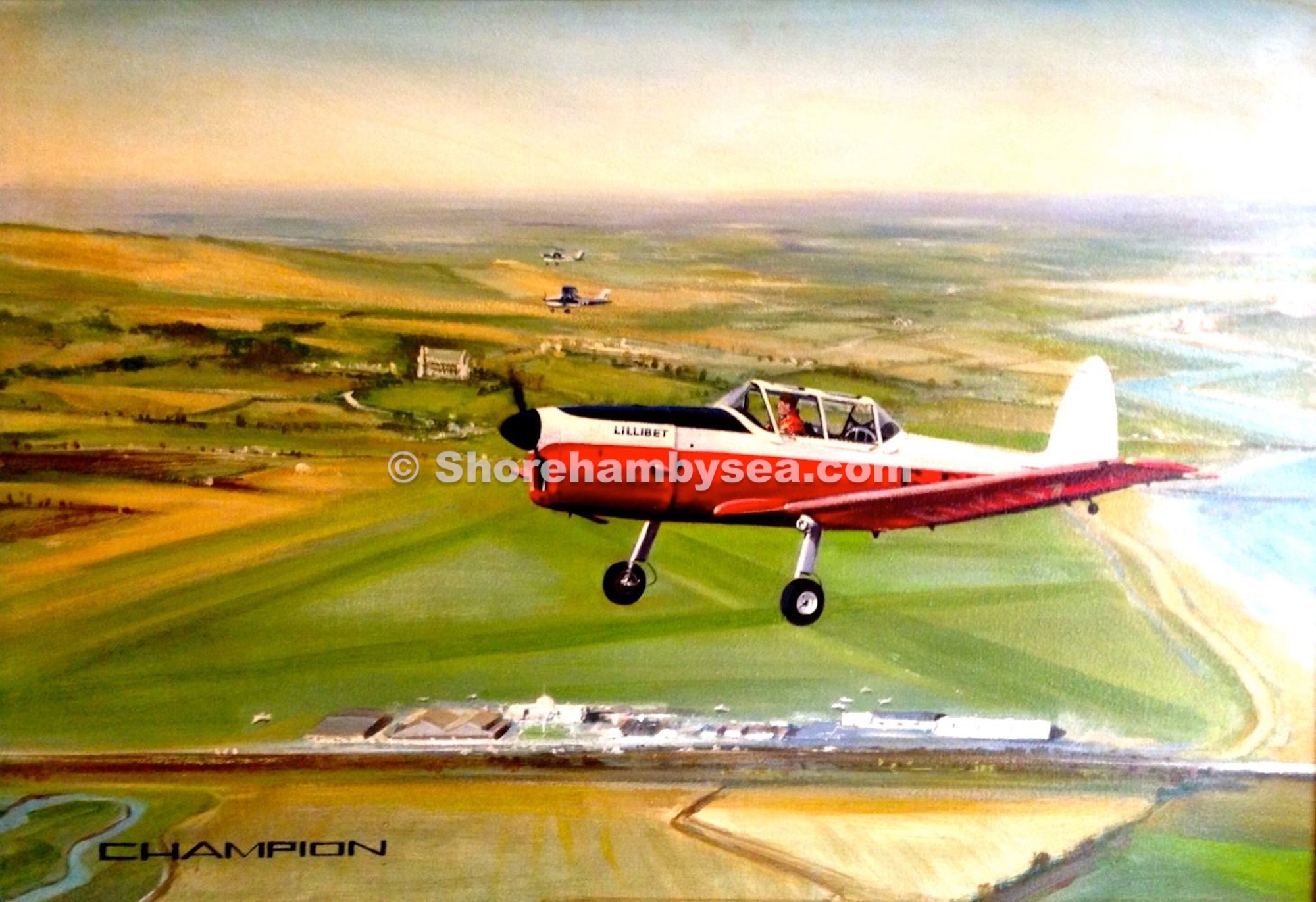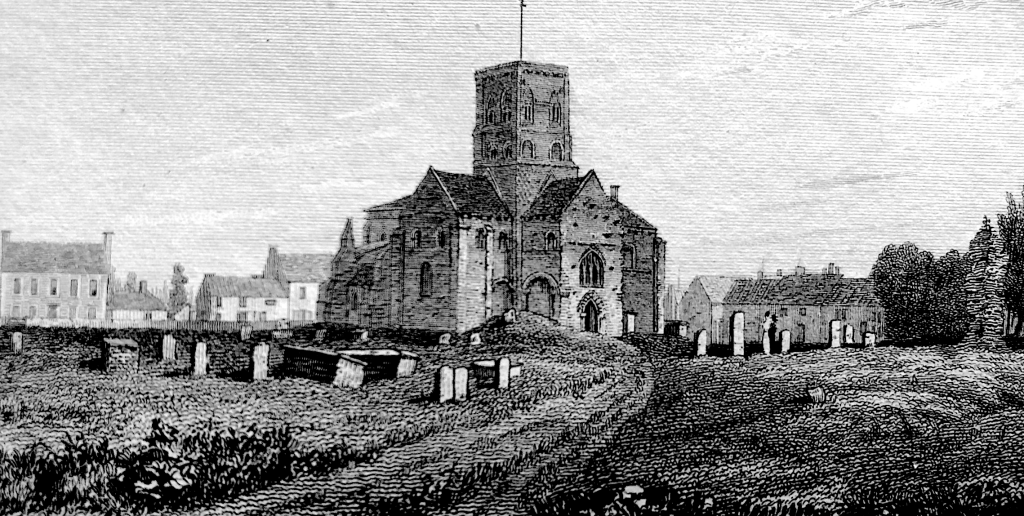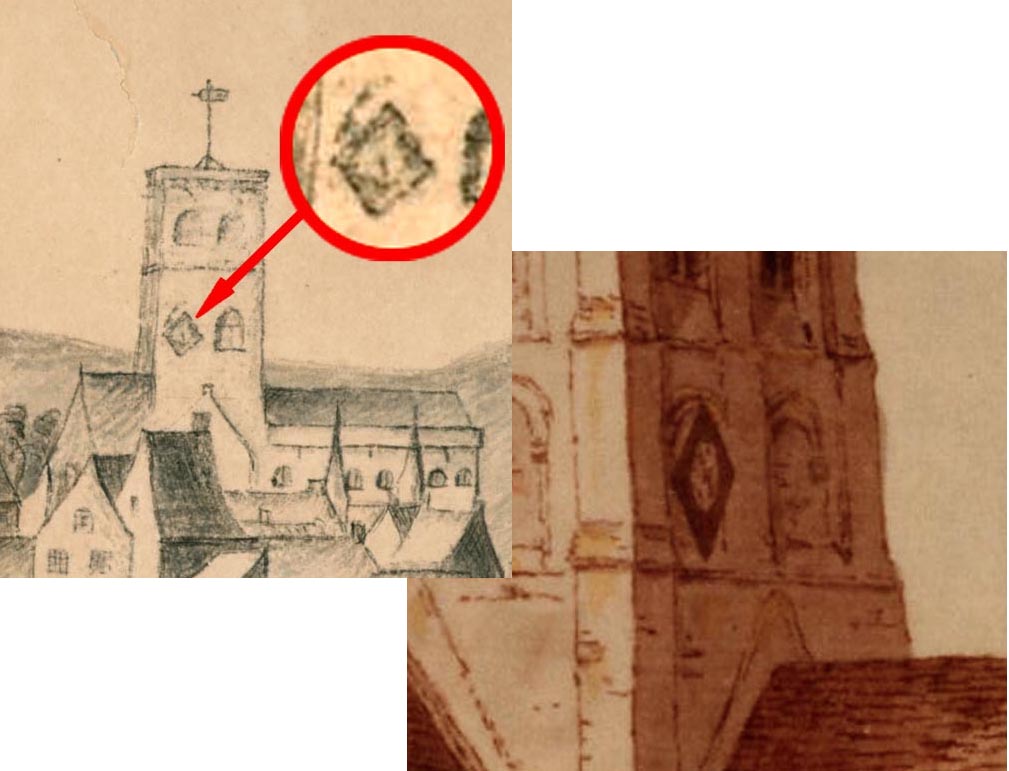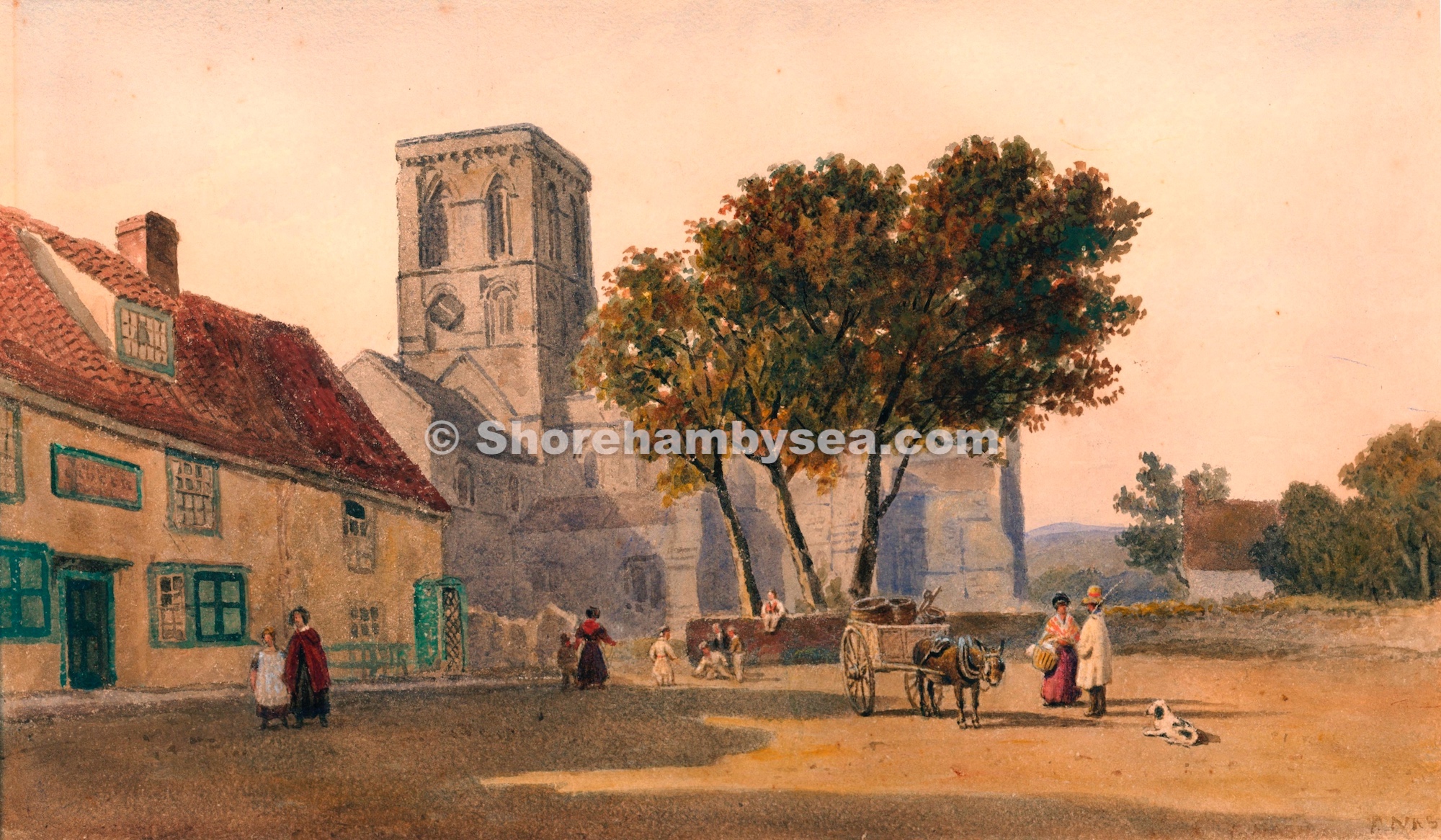All imagery and text is copyright www.Shorehambysea.com unless stated otherwise. You are permitted to share by posting url links to the original www.shorehambysea.com content, but copying material from this website and re-publishing in other media is not permitted. Much of the text, photographs and illustrations on this site originate from large private collections that have permitted publication on www.shorehambysea.com under the express condition that they are not re-published elsewhere – hence the watermarks on imagery. Without such assurance these collections may not have been made available to a wider online audience for free. We know of many collections of unique Shoreham photographs that will never be seen by the public for fear of it ending up in someone else’s book for sale or copied ad infinitum on Facebook.
Copyright?
You may say that copyright of an old postcard, or old painting will have lapsed – correct, but a recent photograph or scan of the original does have rights of the photographer.
We have noted how a few people have copy and pasted images from this website onto social media. This breaks the agreement that we have with the image owners and it also takes the images out of context, reduces the image quality and hands control over to whoever wants to nick it off Facebook probably claiming ‘everyone does it’. The irony is that every photo posted to the wild west platforms like Facebook becomes free for Meta to use commercially as they wish – a clause hidden in their legal terms.
The danger of AI
In 2025 we have seen the widespread copying of most of the internet to train the AI tools of the tech giants Microsoft, Facebook, Google, Alphabet, Apple. Generative AI ‘re-imagined content’, photographs or text is not allowed on this website. The widespread use of AI to indiscriminately alter, misquote, and deceive will ultimately lead to the rapid loss of trust of all online content, whether human created or not. This is particularly damaging for history research. We discourage the automated copying of content to train AI tools. Sadly the race to steal everything has largely been completed and there is not much we can do about it.
